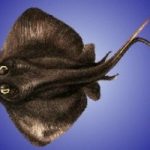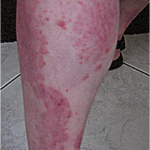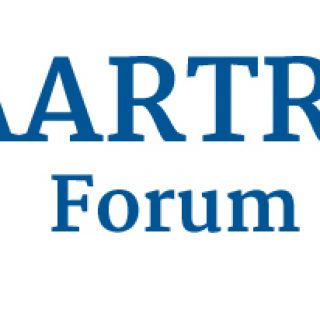Pubmed wetenschappelijk onderzoek Pijlstaartrogolie

Characterization of inflammatory response induced by Potamotrygon motoro stingray venom in mice.
Author information
- 1Laboratory of Immunopathology, Institute Butantan, Avenue Vital Brasil 1500, 05503-900 São Paulo, SP, Brazil.
Abstract
Freshwater stingray accidents cause intense pain followed by edema, erythema, and necrosis formation. Treatment for stingray envenomation is based on administration of analgesic, antipyretic, and anti-inflammatory drugs. This report evaluated the local inflammatory reaction-including edema formation, leukocyte recruitment, release of inflammatory mediators, and histopathological changes-after the intraplantar injection of Potamotrygon motoro stingray venom in mice. Edema was observed as soon as 15 min after venom injection, peaking at 30 min, and lasted up to 48 h. In addition, P. motoro venom increased neutrophil counts in the site of injection, at all time periods and venom doses analyzed. Increased eosinophil and lymphocyte counts were detected mainly at 24 h. Moreover, monocytes/macrophages were observed in large amounts at 24 and 48 h. Microscopically, the venom induced leukocyte migration to the injured tissue, edema, mast cell degranulation, angiogenesis, and epidermal damage. Inflammatory mediator release (IL-6, MCP-1 and KC) was detected as soon as 1 h after venom injection, and it increased significantly at 4 h. At 24 h, the venom induced only the production of MCP-1. These results show that this stingray venom evokes a complex inflammatory reaction, with rapid and persistent edema formation, leukocyte recruitment, and release of cytokines and chemokines.
KEYWORDS:
Potamotrygon; Stingray; edema; inflammatory mediators; leukocytes; venom




